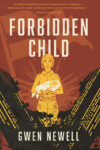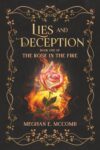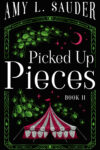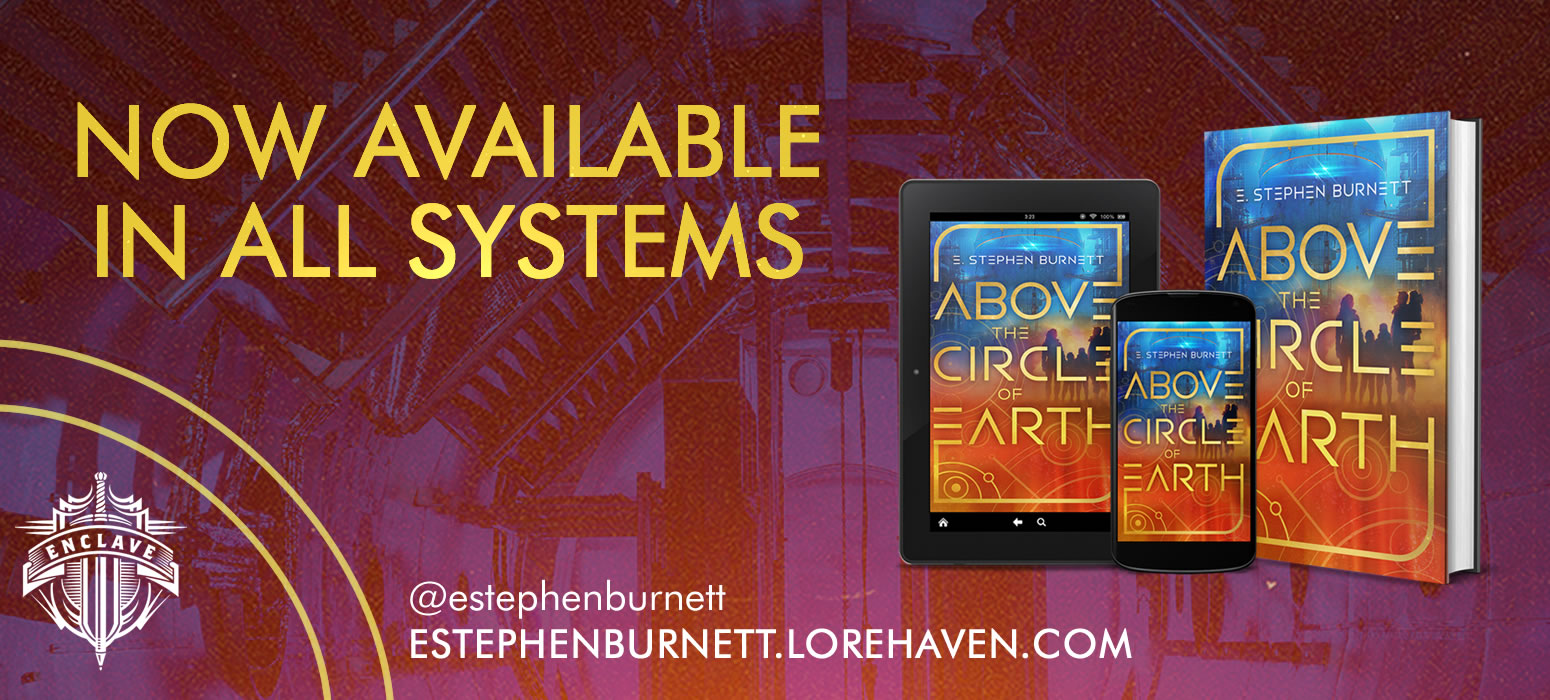How to Discern Moral Christian Fiction Without Expecting Sermons
Earlier this year, I saw a film with a rather Marxist villain who complained about the protagonist being rich and entitled. By the film’s end, this psychotic villain was defeated and all his arguments were shown as deeply flawed and inaccurate.
Imagine, then, my surprise when I came home to find a Christian film reviewer blasting the film’s “wokeness” because of the villain’s speech. Never mind the fact that the film clearly showed this villain being in the wrong. This reviewer seemed to conclude that, because the villain gave a monologue that wasn’t immediately rebutted, that apparently made this belief part of the film’s message.
Christians want moral stories. But sometimes we fail to understand a story’s actual message. Sometimes this failure leads Christians to condemn stories with moral messages. And sometimes Christians trust stories that slip in devious messages.
If we want to exercise discernment, we must consider how stories show messages, which is different from the direct approach we’re used to hearing from sermons.
Learn how stories convey their message
During my years as a high school English teacher, I used Aesop’s Fables as my go-to source for helping students learn literature interpretation. These tales’ simplicity made them a great learning exercise. And while the fables often attached explicit morals, you really didn’t need these to know the point:
- When the dog lost his bone by snapping at its reflection in the water, of course this fable warned against greed.
- When the raven got water by dropping pebbles into the vase, of course this fable praised ingenuity.
Although larger stories can become more complicated, we intuitively recognize how simpler stories (like Aesop’s fables) communicate messages:
- They show us characters living out a worldview,
- And then they show us what results from such actions.
Positive or negative consequences tell us a lot about the morality of this worldview.
Stories work this way because the world works this way. As wise King Solomon often describes in the book of Proverbs, righteousness often brings rewards and wickedness often brings punishment. And in the Bible’s narrative, we see these truths played out. We don’t need to be told explicitly that polygamy is wrong. Instead, we see Jacob’s family’s hardship because of his multiple wives. Nor must we need wait until the book of Hebrews, when in the book of Exodus we see Moses’ parents explicitly praised for their courage.
Moral storytelling is therefore grounded in the power of example. Sometimes authors give explicit comments that help us interpret the text. But usually a story gives strong examples that don’t require an author explicitly stating the message.
These analyses are easy, however, when we deal with simple stories. What then about more complex works?
Rightly discern stories with complex ideas
Most stories don’t have the brevity or simplicity of Aesop’s fables. As discerning readers, we must dig deeper to see what a story may suggest under the surface.
First, let’s consider different characters’ beliefs. We may see these revealed in direct statements or thoughts. But actions also reveal beliefs. A character needn’t opine about the morality of truth-telling when he always tells the truth, no matter the personal cost. What do characters’ choices over the course of the story reveal about their beliefs—especially their decisions at key narrative moments?
Second, look for the consequences characters receive for their actions. Obviously we can start by examining a story’s resolution. At the end, does this character succeed or fail? But immediate consequences are also relevant. In C. S. Lewis’s The Lion, the Witch and the Wardrobe, Edmund gains a positive ending—but first his betrayal brings immediate poetic justice when he is captured by the Witch.
Third, remember that effective stories will link consequences to the act itself. Characters may receive positive consequences, but this doesn’t justify all of their actions. Which decisions actually led to positive or negative consequence? Following the chain of cause-and-effect helps us understand a story’s particular messages.
Finally, pay close attention to a story’s climax. Many authors wait to reveal their ideological hand until this point. Sometimes the story may seem to reward a character’s immoral actions—until the ending wrecks this idea. Characters often make key decisions in the climax that fully reveal what they believe. Allow the climax to shape your assessment of a novel’s moral messages.
Remember that story will sharpen story
Stories are complicated. Few stories have a singular message. Under strict analysis, many stories have both virtuous and unvirtuous messages. For example, Lewis’s The Last Battle shows beautiful glimpses of what Heaven might look like. And yet Lewis’s presentation of an unbelieving Calormene who passes into paradise (after seeming to be saved) has regularly stirred up controversy in Christian circles.
Proper discernment doesn’t excuse us tossing more books onto the banned pile. Instead we have the ability to better recognize, dialogue with, and respond to the messages we encounter. Instead of subconsciously buying into a story’s bad ideas, we can refute these ideas and celebrate better ideas.
Just as iron sharpens iron, thoughtful books can sharpen us when we read them with engaging discernment. And the more we reflect on our next fantastical fiction novel, the sharper our own life stories will become.
This is part 3 of a series, How to Discern Christian Fiction. Read part 1: How to Celebrate Christian Fiction Without Becoming Blind Supporters. Then read part 2: How to Discern ‘Honest’ Christian Fiction Without Embracing Darkness.
























This is an excellent reminder to us all especially at a time when everyone is a bit jumpy. Thanks for sharing!
You’re welcome, Bryan! Thanks for reading 🙂
I read a series that troubled me. Early on, and throughout the story, the world building included a god and goddess that would have children. There was a semi-god that kind of reminded me of Jesus. The two main characters I did enjoy, watching them grow/mature. I finished the stories because of my investment in the MMC and FMC. After finishing the story I unsubscribed from the author. It isn’t enough to have your main characters struggle and grow. There has to be fundamental truth in the world building. God does not have a wife and they are not having children. Jesus is God’s Son and is a part of the triune God. This story really showed me that I need to read books that share my worldview. Yes, there can be fantasy built into the world building, but the essence of Truth must be present.